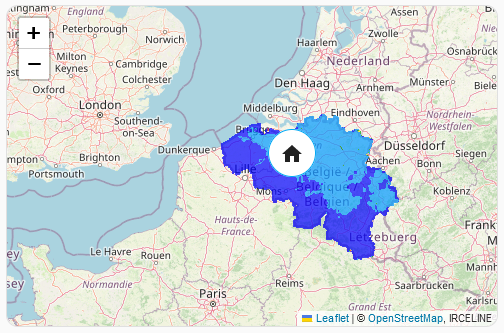-
Azure AI Speech: Text to Speech, improving pronunciations with AI
Azure AI Speech, a cloud-based service offered by Microsoft Azure, has been at the forefront of Text-to-Speech (TTS) capabilities. Text-to-Speech technology has come a long way from its early, often robotic-sounding, iterations. With advancements in deep learning and neural networks, AI has played a pivotal role in refining the naturalness and expressiveness of synthesized voices. Azure Speech employs Neural Text-to-Speech (Neural TTS), a cutting-edge technology that utilizes deep neural networks to model the complex patterns and nuances of human speech. This approach enables the synthesis of high-quality, natural-sounding voices that closely mimic the cadence, intonation, and rhythm of human speech. While the results are generally very good sometimes there are some challenges with person- and location- names in Dutch. Luckily Azure AI Speech supports fine-tuning speech output with Speech Synthesis Markup Language (SSML).
-
Enabling Distributed Builds on NixOS
NixOS, known for its declarative and functional approach to package management, provides a quite easy way to enable distributed builds. Distributed builds involve distributing the compilation workload across multiple machines, often connected over a network. NixOS achieves this by utilizing the Nix package manager’s built-in support for distributed builds.
-
Degree Days with Occupancy adjustments in Home Assistant
Degree Days (or Graaddag in Dutch) allows you to benchmark energy consumption in relation to temperature.While it definitely is a useful benchmark it falls short into taking account if people are home or not. Based on the Degree Day calculation, and the # of hours anyone is at home, I will calculate a new metric:
(DD/gas m3)*(1+(24-hours))/(1+24). -
Home Assistant: Map Card, a new leaflet based map with WMS and other advanced features
 Introducing ha-map-card a new lovelace card, serving as an enhancement to the native Home Assistant map-card, bringing a host of advanced features to the forefront. Built on the foundation of leaflet. The main features are: Custom Tile Layers and WMS Layers Support.
Introducing ha-map-card a new lovelace card, serving as an enhancement to the native Home Assistant map-card, bringing a host of advanced features to the forefront. Built on the foundation of leaflet. The main features are: Custom Tile Layers and WMS Layers Support. -
Tags in Jekyll: related posts
Related posts are a great way to increase the engagement and retention of your blog readers. They help you showcase your other relevant and valuable content that might otherwise be overlooked or forgotten. They also improve the navigation and user experience of your blog, as they provide easy and intuitive links to explore more topics of interest. Moreover, related posts can boost your SEO and traffic, as they create more internal links and keywords for your site, and reduce the bounce rate and increase the dwell time of your visitors. In this post, I will show you how to add related posts to your Jekyll blog based on the tag functionality.